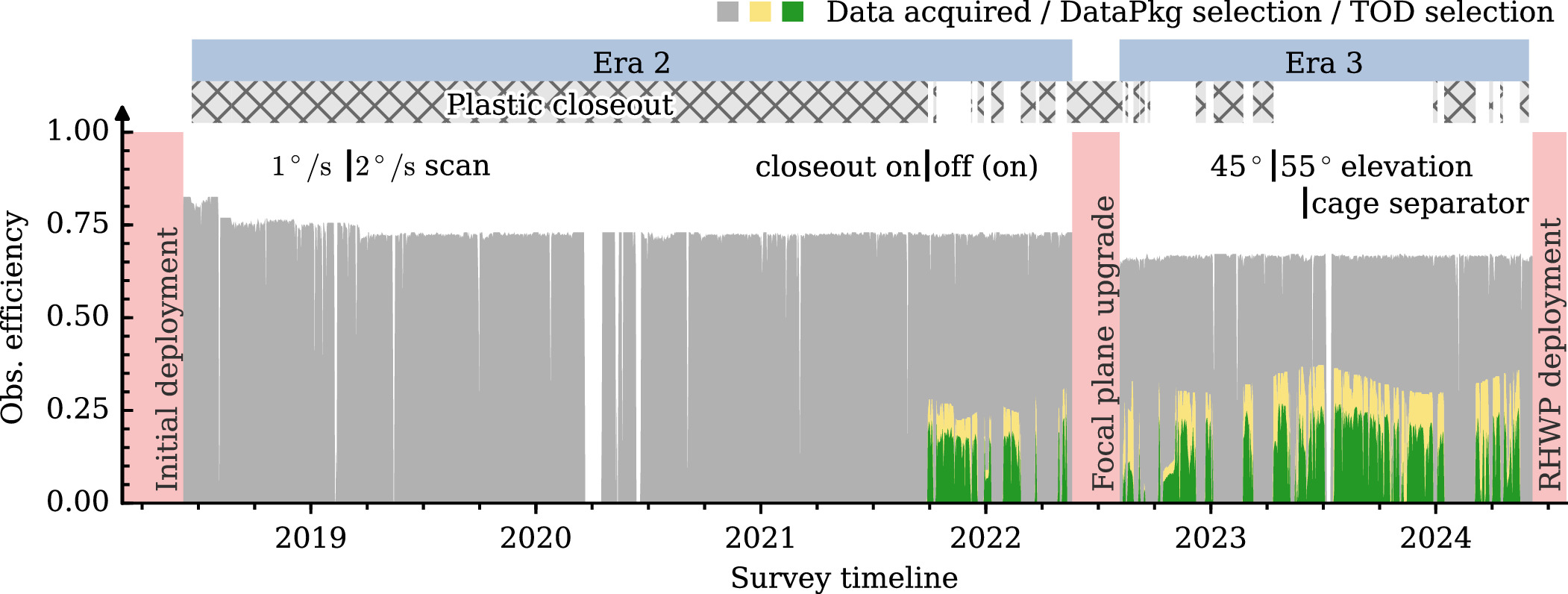2025-06-09 カリフォルニア大学ロサンゼルス校(UCLA)

For each city, the research team estimated the impacts of increasing bicycle infrastructure B, measured as miles of bicycle facility per 100 miles of road. Cities that already exceed that level of B are assumed not to change (i.e., B is a minimum level of provision). The shaded area shows the 95% uncertainty interval.
<関連情報>
- https://newsroom.ucla.edu/releases/active-travel-study-identifies-pathways-for-designing-walking-and-cycling-friendly-cities
- https://www.pnas.org/doi/10.1073/pnas.2422334122
ウォーキングとサイクリングのインフラがもたらす世界的な健康と気候への恩恵 Global health and climate benefits from walking and cycling infrastructure
Adam Millard-Ball, Monisha Reginald, Yasmina Yusuf, and Christopher Bian
Proceedings of the National Academy of Sciences Published:June 9, 2025
DOI:https://doi.org/10.1073/pnas.2422334122
Significance
Walking and cycling emit virtually no pollution and help people integrate physical activity into their daily lives. We demonstrate the untapped potential of street redesigns and urban densification to increase walking and cycling, with measurable benefits for public health and climate change at the global scale. We show that harsh winter or summer climates are not a major barrier to walking and cycling at the annual level, although steep terrain discourages cycling. While northern European cities are well known for their superb infrastructure that supports active travel, we highlight the alternative model of cities such as Osaka, which features less extensive walking and cycling infrastructure but a network of narrow streets with slow-moving traffic where different road users coexist.
Abstract
We use a globally consistent dataset—Google Environmental Insights Explorer—to quantify how urban form and transport infrastructure affect walking and cycling rates in 11,587 cities from 121 countries across six continents. At the city level, population density has the largest effect on walk mode share and has a positive impact on cycling too, as higher densities bring destinations within feasible walk and cycle distances. Density has the strongest effects in wealthier countries where travelers often have more travel choices, while in lower-income places, walking and cycling may be primarily driven by financial constraints. We also find positive effects of bicycle lanes (proxying for a wider array of street design practices) on both walking and cycling. In the median city, each new km of bicycle lanes is associated with ~13,400 additional km yr-1 of bicycle travel. If every city increased the extent of its bicycle network to the level of Copenhagen, Denmark, our simulations indicate reductions in private vehicle emissions of ~6% and health benefits of ~US$435 billion per year.



